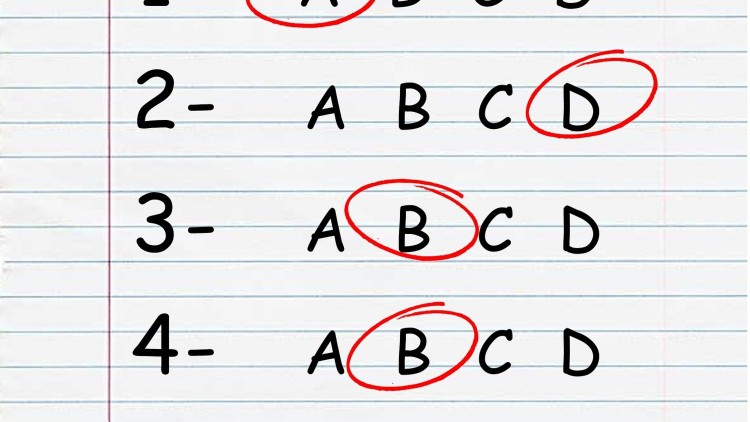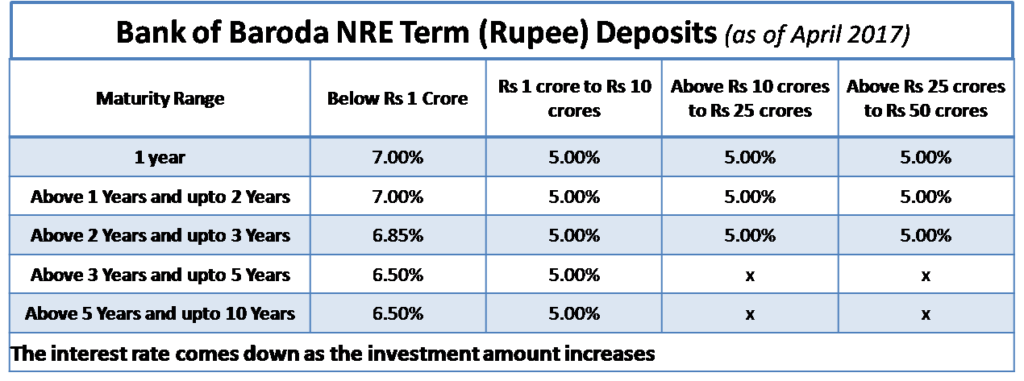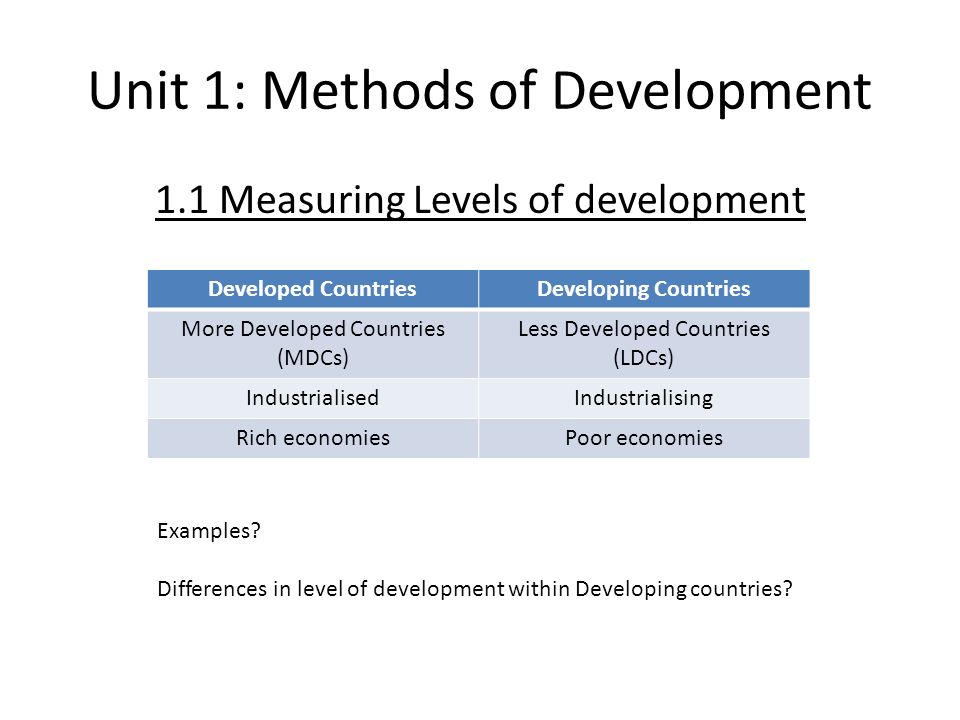
The statutory liquidity ratio is routinely observed so that banks have a more substantial influence and a superior affecting viewpoint. The base rate is not entirely analysed by the statutory liquidity ratio, cash reserve ratio, cost of borrowings, upward expenses, overhead deposits, etc. The statutory liquidity ratio is crucial to maintaining liquidity by the banks. The RBI reserves this rate and helps to boost the economy through financial bodies.

It guarantees that a portion of your money is safe with the RBI regardless of the bank’s performance. Loan-to-value (LTV) is the ratio of loan amount to the actual value of asset purchased. With LIBOR cessation in 2021, RBI is set to replace MIFOR with a new benchmark. MIFOR has LIBOR as one of the components and used in interest rbi pays interest on crr balances of banks at rate swap (IRS) markets. Key tools in this effort include Priority Sector Lending such as agriculture, micro and small enterprises (MSE), housing and education. RBI work towards strengthening and supporting small local banks and encourage banks to open branches in rural areas to include large section of society in banking net.
Committees set up by RBI
Maturity of RBI forward sale/purchase contracts also affect system liquidity. The RBI decides the SLR rate and reserves all rights to increase and decrease it. The current SLR rate is 18.00% as of April 2022.The RBI decides the SLR rate and reserves all rights to increase and decrease it.
At the time of inflation, it expands, and it expands at the time of recession. It ensures that bankS invest in government securities like bonds, and it makes sure that commercial banks get into solvency. The assets that get converted into cash easily in one or two days are known as liquid assets. These include government bonds, marketable securities, treasury bills, gold, and other cash equivalents. They even consider eligible securities procured through specific, RBI approved securities in a few cases.
- The RBI sets the CRR for banks to prevent situations where the bank lacks the resources to make repayments due to excessive lending.
- It is true that RBI pays interest at 3.5% when claims are made by the depositors/nominees/legal heirs.
- Each time the RBI changes the rates, the effects on the various economic sectors differ.
- However, it was decided to replace the lion with the tiger, the national animal of India.
Here it would be pertinent to mention the gold swap of July 2014.[117][118][74] The present SLR is 18.00%. Open market operation is the activity of buying and selling of government securities in open market to control the supply of money in banking system. When there is excess supply of money, central bank sells government securities thereby sucking out excess liquidity.
Bankers’ bank
Similarly, when liquidity is tight, RBI will buy government securities and thereby inject money supply into the economy. As the name suggest, reverse repo rate is just the opposite of repo rate. Reverse repo rate is the short term borrowing rate in which commercial bank Park their surplus in RBI The reserve bank uses this tool when it feels there is too much money floating in the banking system. An increase in the reverse repo rate means that the banks will get a higher rate of interest from RBI. As a result, banks prefer to lend their money to RBI which is always safe instead of lending it to others (people, companies, etc.) which is always risky. To curb inflation, the RBI increases repo rate which will make borrowing costs for banks.
Payment and settlement systems play an important role in improving overall economic efficiency. The Payment and Settlement Systems Act of 2007 (PSS Act)[65] gives the Reserve Bank oversight authority, including regulation and supervision, for the payment and settlement systems in the country. In this role, the RBI focuses on the development and functioning of safe, secure and efficient payment and settlement mechanisms. Two payment systems National Electronic Fund Transfer (NEFT) and Real-Time Gross Settlement (RTGS) allow individuals, companies and firms to transfer funds from one bank to another.
Any bank in the country works with a chief rule to gather deposits from general society and afterwards assurance to offer clients with funds at standard or more. Be that as it may, this is a highly hazardous movement for each bank. The SLR is a money-related approach method of the RBI; the public authority should make its obligation to the executive’s programme compelling. SLR has assisted the public authorities with offering its protections or obligation approach to banks. The higher surplus during FY18 is on account of 26.63% increase in income and 9.24% reduction in expenditure — mainly in expenditure incurred in printing of notes.
Celebrate Banking
The RBI can decrease or increase to curb inflation or deflation respectively. Whilst coins are minted by, and ₹1 notes are issued by the Government of India (GoI), the RBI works as an agent of GoI for the distribution and handling of coins. RBI also works to prevent counterfeiting of currency by regularly upgrading security features of currency. When there is an ascent in the SLR, a bank is likewise confined as far as its influence position.
Bank rate is defined in Section 49 of the RBI Act of 1934 as the ‘standard rate at which RBI is prepared to buy or rediscount bills of exchange or other commercial papers eligible for purchase’. When banks want to borrow long term funds from the RBI, it is the interest rate which the RBI charges to them. It is currently set to 4.65%.[116] The bank rate is not used to control money supply, but penal rates continue to be linked to the bank rate. If a bank fails to meet SLR or CRR requirements then the RBI will impose a penalty of 300 basis points above bank rate. The board is constituted by co-opting four directors from the Central Board as members for a term of two years and is chaired by the governor.
Reserve Bank Innovation Hub
The total NDTL, or Net Demand and Time Liabilities, shouldn’t be less than 4% of the cash balance scheduled banks must maintain with the RBI. The primary objective of RBI is to undertake consolidated supervision of the financial sector comprising commercial banks, financial institutions, and non-banking finance companies. As a measure of simplification, a lag of one fortnight in the maintenance of stipulated CRR by SCBs has been introduced.
Airtel beats Paytm, launches first Payment Bank in India: All you need to know – India.com
Airtel beats Paytm, launches first Payment Bank in India: All you need to know.
Posted: Thu, 24 Nov 2016 08:00:00 GMT [source]
RBI is additionally obligated for managing the progression of money and the soundness of costs to run the Indian economy. Perhaps a proper compensation on CRR balances by RBI to banks, may be at Repo rate or even at 3.5% (SB) rate, would result in marginal reduction in lending rates and, more importantly, will improve banks’ profitability. Even at a current Marginal Standing Facility Rate (MSF) at 6.75%, the yearly interest income to RBI on account of these “free funds” (say at Rs 5 lakh crore) is Rs 33,750 crore. Therefore, around 67% of the surplus of Rs 50,000 crore or 46% of the interest income (interest income Rs 73,871) is on account of compulsory funds kept by banks with RBI. With effect from March 31, 2007 RBI has discontinued paying interest on CRR balances maintained by banks with RBI.
In addition to the above an incremental CRR in terms of section 42(1A) also need to be maintained as advised by RBI from time to time. Provisional return of Form A to be submitted by banks within 7 days and final Form A to be submitted within 20 days from expiry of the relevant fortnight. Banks now opt to hike interest rates since they cannot receive any interest. The interest rates on their loan products, such as personal loans, car, home, and two-wheeler loans, will have to be raised. Even the borrowers’ equated monthly instalments (EMIs) will rise as interest rates increase, and this will, in turn, lead to a hike in loan costs quite dramatically.
- When the repo rate increases, borrowing from RBI becomes more expensive.
- The statutory liquidity ratio assumes an exceptionally prominent part in fixing the base rate of the Indian economy.
- RBI has the responsibility of regulating the nation’s financial system.
- Two payment systems National Electronic Fund Transfer (NEFT) and Real-Time Gross Settlement (RTGS) allow individuals, companies and firms to transfer funds from one bank to another.
- In this situation, the money supply has shrunk, lowering inflation.
After 1 July 2014, to exchange more than 15 pieces of ’500 and ’1000 notes, non-customers must furnish proof of identity and residence as well as show aadhar to the bank branch in order to exchange the notes. The Board of Financial Supervision (BFS), formed in November 1994, serves as a CCBD committee to control the financial institutions. It has four members, appointed for two years, and takes measures to strength the role of statutory auditors in the financial sector, external monitoring, and internal controlling systems.
What are the different SLR components?
Other persons forming part of the central board of directors of the RBI are Nachiket Mor, Y. C. Deveshwar, Prof Damodar Acharya, Ajay Tyagi and Anjuly Duggal. However, suppose a bank uses a significant portion of its assets for lending, and there is an unexpectedly high demand for withdrawals. In that case, the bank won’t have enough money to make comfortable repayments. The RBI sets the CRR for banks to prevent situations where the bank lacks the resources to make repayments due to excessive lending.

SLR is mandatory for each bank to maintain credit and fuel growth in the economy. The percentage of total demand and time liabilities of the bank is called SLR. Deposits of customers paid to them on demand at any time are called demand liabilities. There is a period mutually agreed upon after which commercial banks are liable to pay customers; that amount is called time liabilities. On 22 January 2014; RBI gave a press release stating that after 31 March 2014, it will completely withdraw from circulation of all banknotes issued prior to 2005.
Ensuring that there are always modest amounts of liquid funds available against deposits is the CRR’s primary objective. The CRR’s ability to help the RBI manage rates and the overall liquidity of the country is its second primary objective. The RBI maintains the economic structure of the country so that it can achieve the objective of price stability as well as economic development because both objectives are diverse in themselves. It has been set up by RBI to serve its Information Technology and cybersecurity needs and to improve the cyber resilience of the Indian banking industry. Deposit Insurance and Credit Guarantee Corporation was established by RBI for the purpose of providing insurance of deposits and guaranteeing of credit facilities to all Indian banks. RBI selling bonds through OMO takes out liquidity as markets pays RBI for buying bonds while bond purchases through OMO infuses liquidity as RBI pays the market for buying bonds.
Both the Statutory Liquidity Ratio (SLR) and the Cash Reserve Ratio (CRR) are elements of India’s monetary policy. Call money market borrowings, investments, and certificates of deposit in other banks are all included in a bank’s liabilities. In other words, the quantity of money available to banks for investment decreases as the Cash Reserve Ratio rises. BRBNM was established by RBI on 3 February 1995 for the purpose to enable RBI to bridge the gap between maintain, demand and supply of Indian rupee notes in the country.













